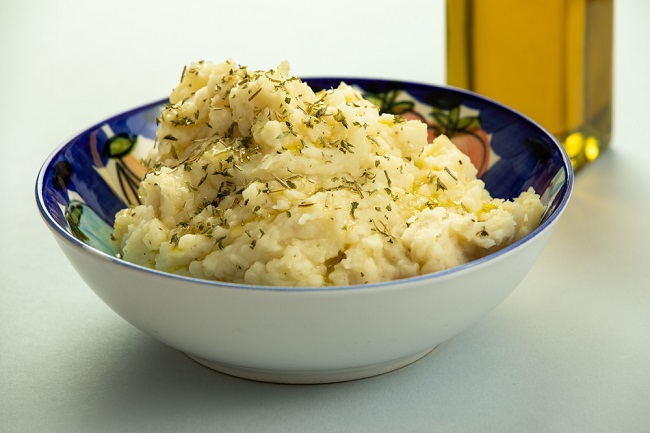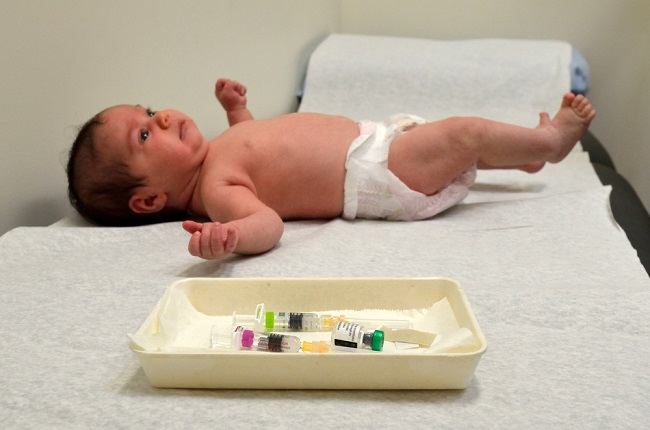Scar tissue is part of the wound healing process which can arise for a variety of reasons. Scar tissue can form due to smallpox scars, wounds from acne, burns, to post-operative wounds.
Many factors affect the formation of scar tissue, ranging from depth, area, to the location of the wound. Scar tissue forms when there is significant skin damage, altering the normal tissue of the skin in recovery. In addition, age and heredity also affect how the skin reacts to wounds.

Types of Scar tissue
There are many factors that influence the appearance of scar tissue on the skin. Scar tissue that grows can have different shapes, depending on the type of injury that caused it. The following are some of the most common types of scar tissue:
Keloids
Keloids are scar tissue that is formed excessively due to an injury to the skin, and its size can exceed the size of the wound that caused it. Generally, keloids appear due to acne scars, ear piercings, chickenpox scars, post-surgery scars and burns.
Keloid scar tissue is characterized by thickening of the skin on the scar with a color that is quite contrasting with the surrounding skin. Usually, keloids that are in exposed areas of skin tend to be darker in color due to exposure to sunlight.
Because they cause uneven coloration, keloids are often considered a nuisance rather than a health problem.
hypertrophic
Hypertrophic scar tissue has a shape that almost resembles a keloid. However, hypertrophic scar tissue tends to be lighter and does not grow beyond the limit of the skin injury.
Contracture
Wound contractures are scar tissue that can form as a result of a burn. This condition causes shrinkage or shortening of the skin tissue, thereby limiting movement. Not only that, contractures can also cause disturbances in the muscle and nerve tissue under the skin.
Overcoming Scars
Scar tissue on the skin is generally difficult to completely remove. However, the use of medications or medical procedures can help reduce or fade scar tissue.
Some of the treatments and treatments that can be done to treat scar tissue include:
Applying silicone gel
Applying silicone gel to the scar tissue can help improve the texture of the scar tissue, as well as help lighten the scar tissue and surrounding skin. Silicone gel can help treat hypertrophic scars, keloids, acne scars, burn scars, and surgical scars, including caesarean section scars.
Laser therapy
Laser therapy is a medical procedure that can help treat keloid scars, hypertrophy, and contractures. Although scar tissue generally cannot be completely removed, research shows that laser therapy can effectively reduce the appearance and thickness of scars.
Cryotherapy
Cryotherapy is a medical procedure performed by freezing and destroying scar tissue using liquid nitrogen to flatten and shrink scar tissue. Cryotherapy It can be applied to keloid and hypertrophic scars.
In cases of scarring caused by contractures, your doctor may suggest physiotherapy in addition to laser therapy. The goal is to help restore movement function, especially if the contracture has affected the muscles and nerves.
Although most are harmless to health, scar tissue can interfere with appearance and cause physical complaints, such as pain and discomfort.
For those of you who have scar tissue on the skin and want to get rid of it, either because of appearance complaints or physical complaints, you should consult a doctor to get the right treatment according to the type of scar tissue.









